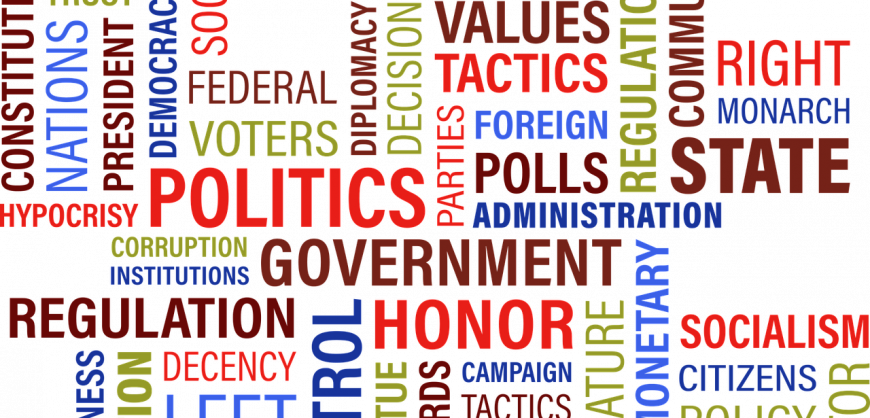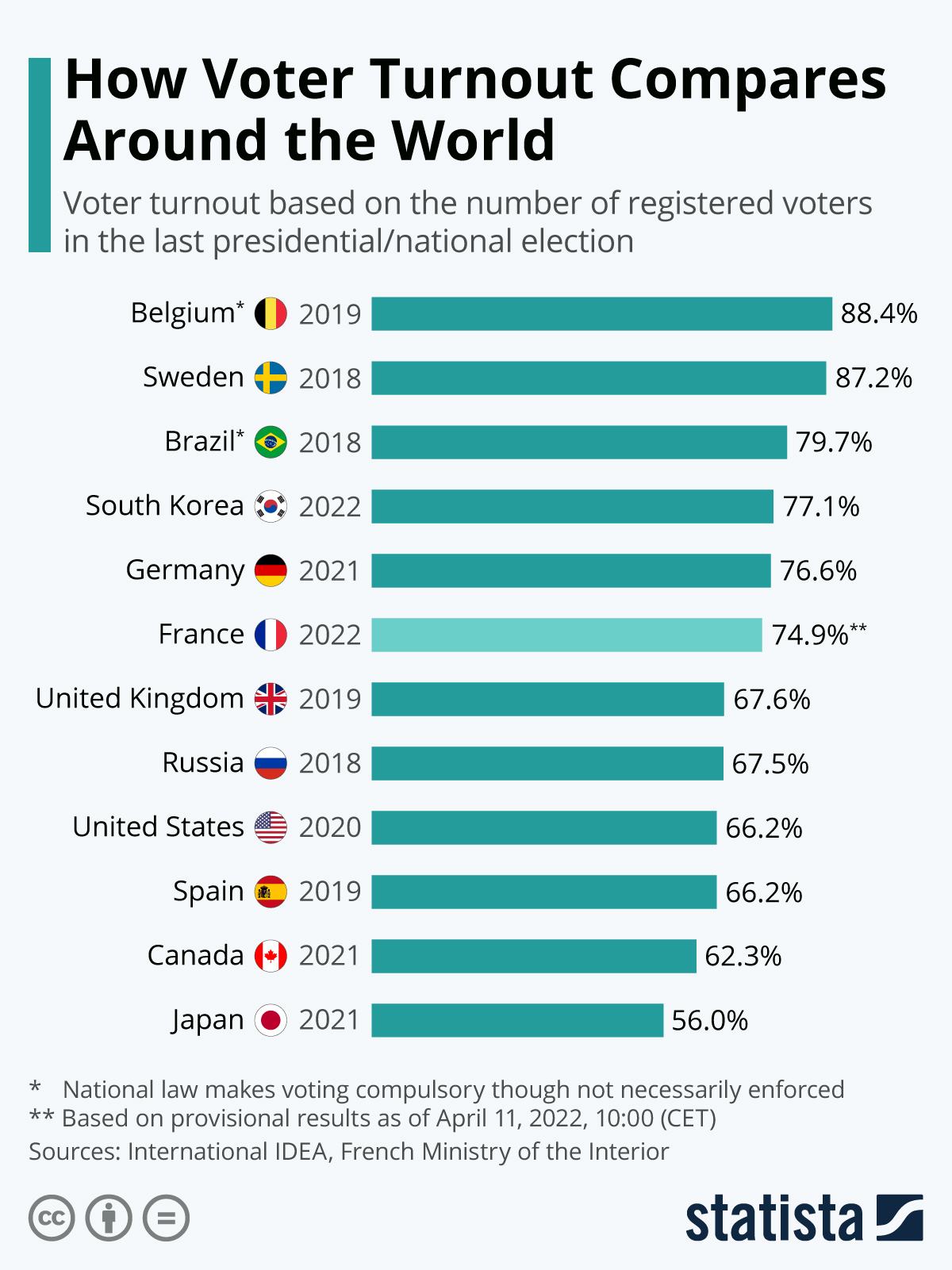Early voting in the U.S. has reached record levels and around 100 million votes have now been cast ahead of election day, according to the U.S. Elections Project, a nonpartisan website run by University of Florida professor Michael McDonald. That’s more than two-thirds of the total number of votes cast in 2016 and it now looks highly likely that total voter turnout will be higher than the previous record set four years ago. This year’s historic trend has been driven by the coronavirus pandemic as well as surging voter enthusiasm.
As millions of Americans prepare to cast their vote today, how does U.S. turnout compare with other countries around the world? While turnout among registered U.S. voters is traditionally high, it trails other nations when turnout is measured as a share of the voting-age population. 139 million people voted in the 2016 election when Donald Trump unexpectedly beat Hillary Clinton and turnout among the voting-age population was just under 56 percent, according to the International Institute for Democracy and Electoral Assistance.
also read
Perhaps the largest owl rescued in Acheloos, central Greece (photos)
That is far behind Belgium which had a high turnout of 78 percent in its most recent election. However, it must be pointed out that the country has a system of compulsory voting, consistently resulting in high turnout figures. Many countries without such a system also experience high voting volumes with Sweden a notable example with 82 percent in 2018. South Korea also had an impressive turnout of 66.5 percent in its legislative elections earlier this year.
source statista
You will find more infographics at Statista





































